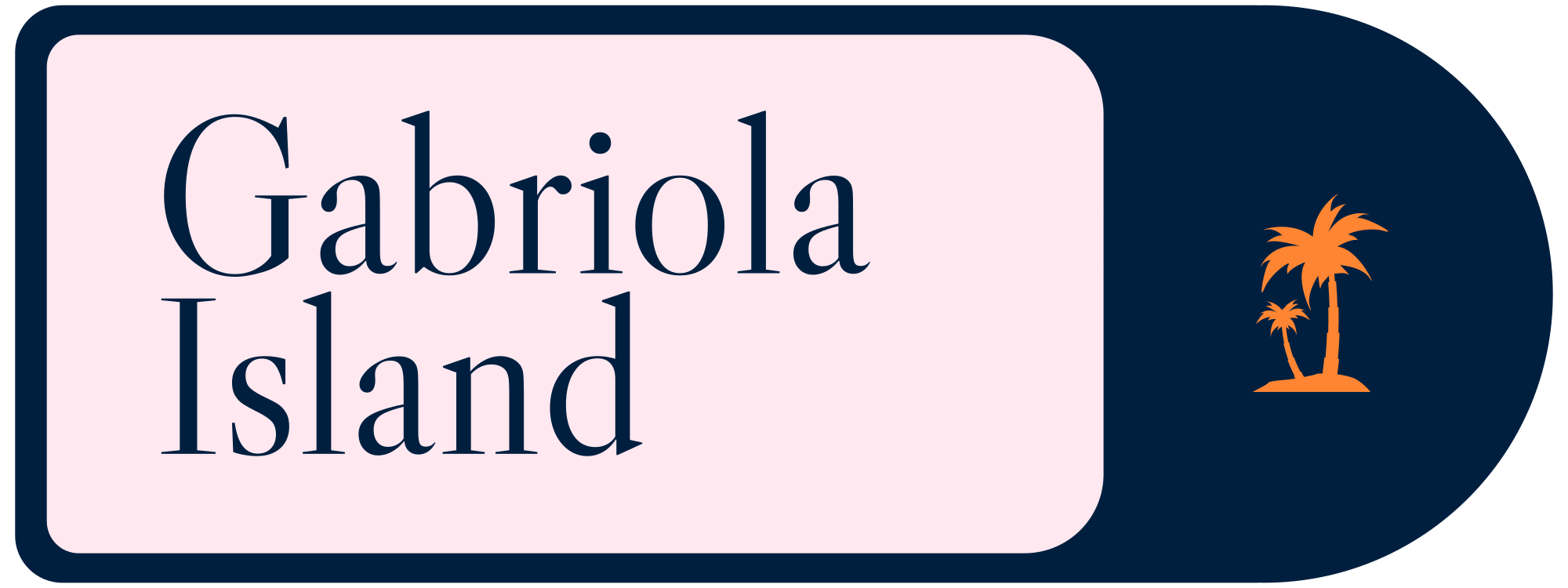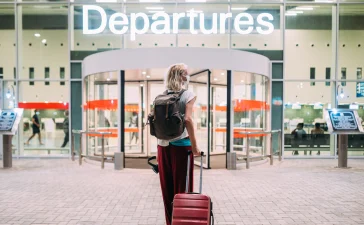Traveling abroad is exciting, but it can also disrupt your normal rhythm. Different time zones, unfamiliar food, and long days of sightseeing often leave travelers feeling tired or out of sync. Finding the right balance between activity and rest makes the journey more enjoyable and helps you stay energized for new experiences. Simple routines, mindful planning, and a little structure can go a long way in keeping your trip smooth. With the right approach, you can make the most of your travels while still feeling refreshed each day.
Eating Well and Staying Energized Abroad
One of the biggest challenges while traveling is keeping your energy steady throughout the day. Long walks, changing schedules, and the temptation of local delicacies can easily leave you feeling drained. That’s why it helps to think ahead and create a simple plan for meals, snacks, and hydration. Even something as basic as setting meal times or preparing a small list of healthy options can make a noticeable difference.
A useful way to approach this is by looking at how structured charts are used in other areas of life. For example, a cagrilintide dosage chart organizes information in a way that makes routines easier to follow and adjust. In the same way, building your own “travel nutrition chart” can help you balance indulgence with wellness. By keeping track of portions, energy-rich foods, and the right balance of rest, you’ll feel more refreshed, avoid sudden dips in stamina, and get the most out of every adventure abroad.
Creating Daily Routines on the Road
Traveling often feels like freedom from schedules, yet a bit of routine can make the whole experience smoother and more enjoyable. When you’re constantly moving between destinations, it’s easy to lose track of time and energy, which can lead to fatigue or missed opportunities. Establishing simple daily habits—like setting a consistent wake-up time, planning when to eat, or carving out a short break in the afternoon—creates a sense of stability even in unfamiliar places.
These routines don’t need to be rigid. In fact, they should remain flexible enough to adapt to spontaneous adventures. The idea is to find anchors in your day that give you structure without limiting the joy of exploration. A morning walk, journaling before bed, or checking your plans over coffee can all serve as grounding rituals. With a light framework in place, you’ll have the energy and clarity to enjoy your travels fully while avoiding the stress that often comes with constant change.

Tips for Staying Consistent During Long Trips
Long journeys can easily throw you off balance, especially when you’re moving from city to city or country to country. The key to staying consistent is finding ways to maintain a core routine no matter where you are. Start by identifying a few non-negotiables—things like regular hydration, a short daily walk, or setting aside time for rest. These small anchors help you feel grounded even when your surroundings are constantly changing.
Another tip is to plan ahead for your meals and sleep schedule. Jet lag and irregular eating can sap your energy quickly, so keeping a loose structure goes a long way. Packing small essentials like snacks, a refillable water bottle, or even a travel pillow can help you avoid dips in energy during long transfers. Finally, give yourself space to slow down. Consistency doesn’t mean rigid schedules; it’s about finding balance so you can enjoy the adventure without burning out.
What Travelers Can Learn From Scientific Charts
Scientific charts are designed to simplify complex information, turning data into something easy to follow. Travelers can adopt a similar mindset when planning long trips. Instead of approaching each day randomly, organizing your activities into a visual outline can help you stay on track and avoid unnecessary stress. Just like a chart highlights patterns and balances, a travel plan can reveal when you might be overloading yourself and when you need more rest.
For example, plotting sightseeing, meals, and downtime on a simple daily grid makes it easier to see how your energy will flow. This approach also helps with budgeting, since you can visualize when you’ll spend more and when you can cut costs. Scientific charts also remind us that balance is key, too much in one direction usually reduces effectiveness. By applying that same principle to travel, you create a rhythm that supports both adventure and recovery, ensuring a more rewarding experience abroad.
Conclusion
Traveling abroad is most rewarding when you find the right rhythm between activity and rest. Simple routines, mindful planning, and balanced choices help you stay energized while enjoying new experiences to the fullest. By using strategies like structured meal times, light daily habits, and clear travel plans, you can reduce stress and avoid fatigue. Every journey is unique, but maintaining consistency allows you to explore more deeply, recover more quickly, and return home with memories instead of exhaustion.





